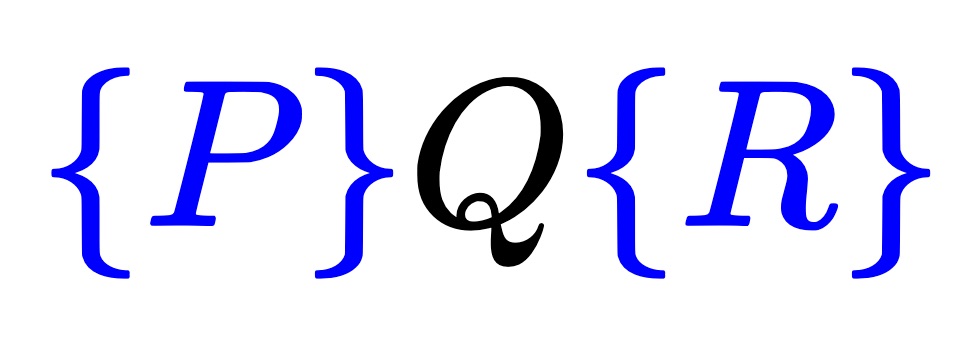Unit 4.4 Deriving loop invariants with the FLAME notation
Exercise 4.2.
Evaluate
\(p( \left( \begin{array}{c} a_0 \\ \alpha_{1} \end{array} \right) , \chi ) \) in terms of \(p( a_0, \chi ) \text{,}\) \(\alpha_1 \text{,}\) and \(\chi \text{.}\)
\(p( \left( \begin{array}{c} \alpha_{1} \\ a_2 \end{array} \right) , \chi ) \) in terms of \(p( a_2, \chi ) \text{,}\) \(\alpha_1 \text{,}\) and \(\chi \text{.}\)
-
By our conventions, \(a_0 \) is a vector and \(\alpha_1 \) is a scalar or, equivalently, a vector of size one (\(m( \alpha_1 ) = 1 \)).
\(p( \left( \begin{array}{c} a_0 \\ \alpha_{1} \end{array} \right) , \chi ) = p( a_0, \chi ) + p( \alpha_1, \chi ) \times \chi^{m( a_0 )} = p( a_0, \chi ) + \alpha_1 \times \chi^{m( a_0 )} \)
-
By our conventions, \(a_2 \) is a vector and \(\alpha_1 \) is a scalar or, equivalently, a vector of size one (\(m( \alpha_1 ) = 1 \)).
\(p( \left( \begin{array}{c} p \alpha_{1} \\ a_2 \\ \end{array} \right) , \chi ) = p( \alpha_1, \chi ) + p( a_2, \chi ) \times \chi^{m( \alpha_1 )} = \alpha_1 + p( a_2, \chi ) \times \chi \)
To determine loop invariants, we observed that (using our new notational conventions)
then (4.1) becomes
which very explicitly defines the function recursively. Here, we don't need to specify that \(0 \leq k \leq n \) because the sizes of \(a_T \) and \(a_B \) are inherently constrained as needed by the fact that they are appropriate subvectors of \(a \text{.}\)
From (4.2), we can now determine the same five loop invariants as in 3.4:
Here, we use Greek lower case letter zeta, \(\zeta \text{,}\) where we previously used \(z \text{.}\) Invariant 3 and 4 are identical, except that in one case \(\zeta \) is implicitly used and in the other case \(\zeta \) is to be instantiated as a variable in the program.
